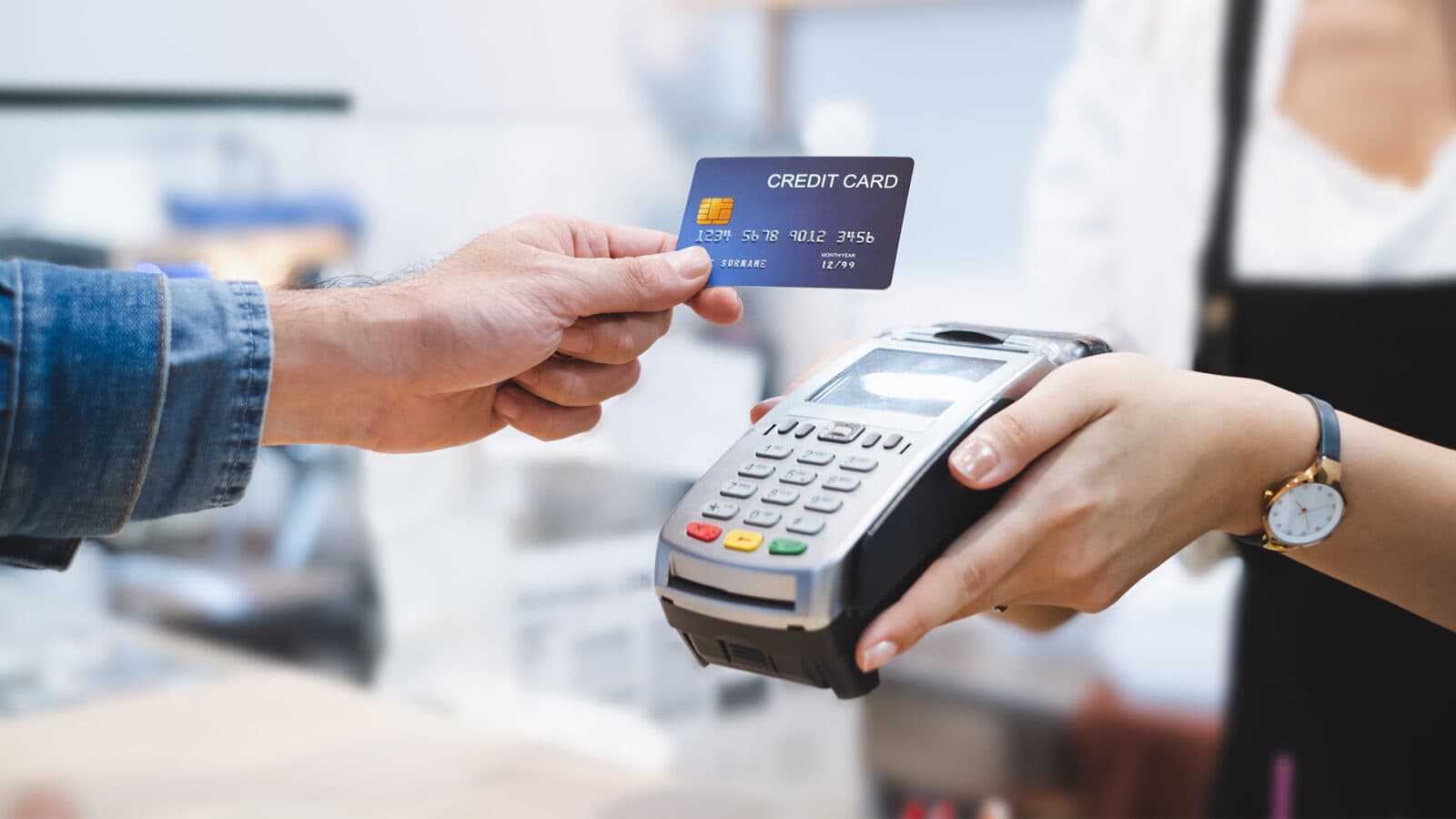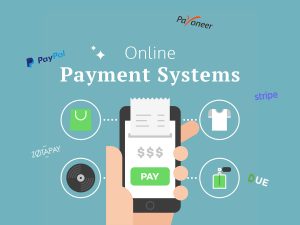
The credit card has become the most popular form of payment on all online business websites. As a well developed payment mechanism, credit cards are ideally placed to enable your customers to pay for goods and services when they are not present to make the transaction payment in person. Consumers have continued to be wary of security issues when using their credit cards online, but as the online retail space has developed, these fears have subsided.
Accepting payment via credit card is an absolute must if your online business is to survive and flourish. Which bank or payment organisation your online business partners with to provide credit card payments on your website is a decision you should take carefully. With a wide-range of services available one size doesn’t fit all. It’s important to match the payment provider with the specific needs of your online business.
Credit Cards and your Website
In most cases the bank that holds your business account will also be able to offer you credit card clearing services, but don’t forget to shop around. Costs and fees can vary radically, so don’t accept the first deal you are offered.
The traditional method of offering credit card payment options on your website is to open a merchant account. These accounts are with the major banks and are the mainstay of credit card payments in the high street. Online, things are a little different. You can still open a merchant account in the normal way, but as the Internet had grown as a commercial space, so have the ways in which credit card payments can be handled by your online business.
The online auction website eBay has developed the PayPal system to the point where it is a fully fledged online credit card clearing system in its own right. The beauty of the system is that you can easily add PayPal credit card payments to your website with just a few lines of code. Also, your customers don’t have to have a PayPal account to use the system.
As the Internet has developed as a commercial channel new payment providers that are geared solely to provide payment services for online businesses have rapidly developed. The great upshot of these services is that they are easy to implement and usually have fixed costs to help you better manage the finances of your online business. The market leaders at the moment are Protex, WorldPay and NetBanx.
Security with Credit Cards
One of the most important aspects of accepting credit cards on your business website is to ensure that the cardholders personal and financial details are secure. Security is still a major concern for consumers, none more so than when they shop online.
Whether you are building your online business website yourself, or using the services of a web designer, it’s important to understand how the connection between your customers computer and your website is handled for security purposes. All traffic that moves to and from your server and the Internet browser your customer is using is encrypted. You can see this in operation on any E-commerce website.
The secure areas of the site – usually the payment and shopping trolley pages – change to ‘https’ pages, the ‘s’ denoting ‘secure’. You’ll also see a closed padlock icon usually in the lower right-hand corner of the browser. This security is handled by what is called SSL or Secure Socket Layer. Ensure you fully understand how SSL should be implemented on your website before it goes live and starts to take payments from customers.
Combating Credit Card Fraud
Credit card fraud is the top concern of all E-commerce site owners. As all the transactions on your online business website will be CNP or Cardholder Not Present, you must have in place robust systems to minimise the instances of credit card fraud.
The credit card processing service you have chosen should be able to help you put in place systems to reduce the number of charge backs you have to complete because a fraudulent credit card payment was put through.
Additional credit card security systems are now being used by the major credit card providers. MasterCard Secure Code and Verified by Visa should both be active on your website. You can also use the Address Verification Service (AVS), and Card Verification Service (CVS) services to help you post a potential credit card fraud.

